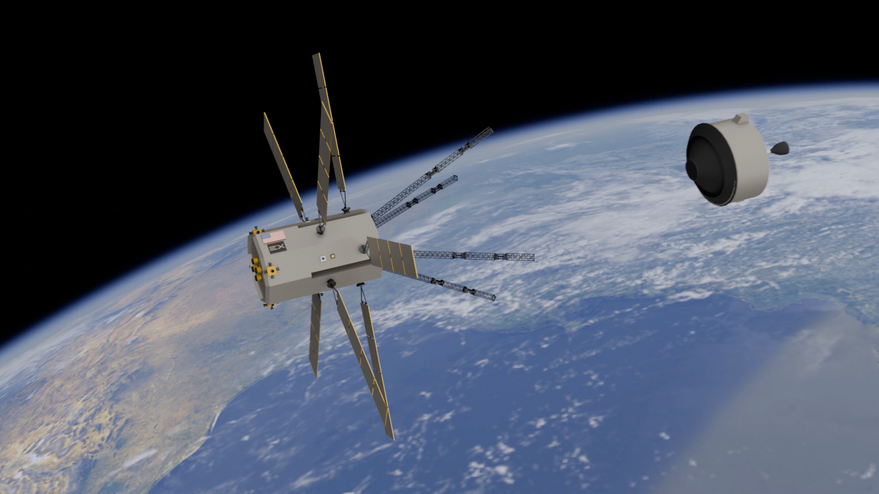
Exploration Laboratories, or ExLabs for short, is a company that is currently developing an in-space system that they hope will allow for the autonomous capture and acquisition of asteroids in cis-lunar space. Their system, which is named Arachne, is comprised of two spacecraft the first being the Space Exploration and Resource Vehicle, or SERV, which will enable the transport of the second spacecraft known as the Autonomous Capture and Acquisition Robot (ACQR) which will be able to hold on to the desired asteroid.
This type of technology has been discussed in science fiction for decades, however, only recently has it seemed like this capability is within our grasp. Missions such as OSIRIS-REx and both Hayabusa’s have proven that we can navigate to an asteroid, collect samples, and then return them to earth safely. With the ExLabs system it would be possible to return entire asteroids for study or for in-situ resource utilization in the future. This emerging capability has also garnered the interest of the U.S. Space Systems Command as they have helped to fund the development of this effort through a $3.6 million dollar contract.
The involvement of the U.S. Space Systems Command could possibly speak to the utilization of this technology as a weapons system. Just as science fiction authors predicted asteroid mining in the future, they were also aware of the implications of such an advancement. The claimed mass limit of the SERV spacecraft is 30 metric tons meaning that this iteration of such a system would not be able to send massive meteors raining down on cities, but future generations could potentially have the capability to do just that. This current system could, however, not just be used on asteroids that we would want to take a closer look at but also other satellites as well. If a spacecraft is capable of rendezvousing with an asteroid and moving it to a desired orbit, then it would also be possible to do this with another spacecraft.
The cybersecurity implications of this type of system are important to consider as well. We may not intend these systems to act as weapons, but if an adversary is able to take control of them it would certainly be possible for them to use them as such. An example of a mission that could have been used in a similar way is the Double Asteroid Redirection Test (DART) which showed us that we can affect the orbits of these smaller planetary bodies, but instead of directing the orbit away from Earth it would have been just as easy direct that mass towards Earth. The hackers of a system like ExLab’s Arachne or APL’s DART could cause significant damage to in-space and Earth targets by taking advantage of their intended usage. The dangers spacecraft such as these could pose if compromised reinforces the need for robust cybersecurity processes and defenses to make sure that these situations never arise in the first place.